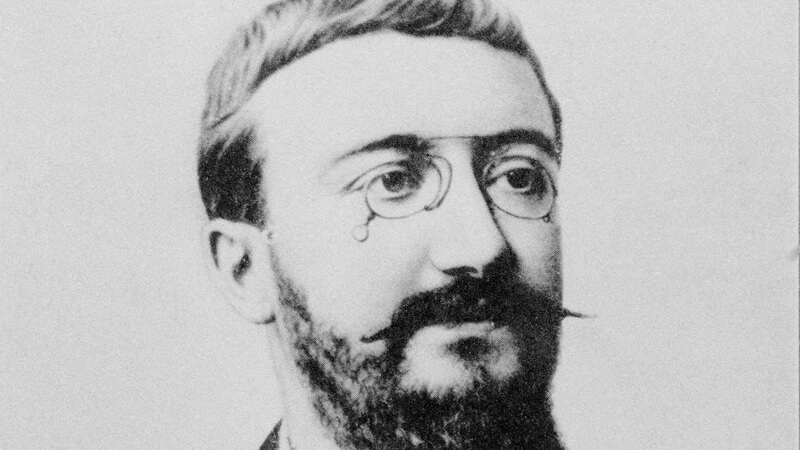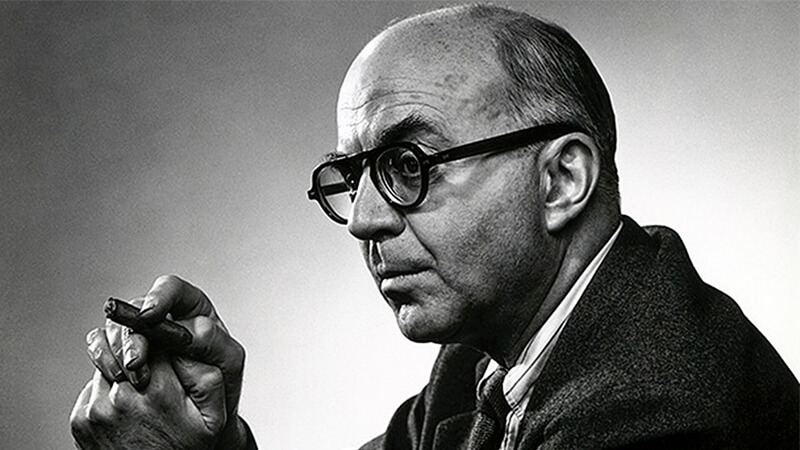Biography of Alfred Binet: – A French pedagogue and psychologist whose works stimulated experimental psychology and made it a fundamental instrument for educational development.
He started law studies, but was attracted by the work on the hypnosis of his compatriot Jean-Martin Charcot.
Biography of Alfred Binet
- Born:- 8 July 1857, Nice, France
- Died:- 18 October 1911, Paris, France
- Known for:- Stanford–Binet Intelligence Scales; Binet–Simon test
- Education:- University of Paris
- Spouse:- Laure Balbiani
He left the legal profession and devoted himself entirely, from 1878, to medical-scientific studies in the hospital of the Salpetriere de Paris, where he remained until 1891.
Four years later he was appointed director of the psychophysiology laboratory at the Sorbonne, a post he held for the rest of his life. In 1895 he founded L’Année Psychologique, the first French magazine dedicated to psychology.
The attempts of the English psychologist Sir Francis Galton to record individual differences through standardized tests led Alfred Binet to adapt his system to study the psychology of eminent artists, mathematicians, and chess players, constantly relying on evidence such as type observation physical, calligraphy and other characteristics.
See Also: Biography of John Dos Passos
In 1903 he published The Experimental Study of Intelligence, comparative study on the personalities of his two daughters that paved the way to differential psychology.
Between 1905 and 1911, in association with Theodore Simon, he developed scales (called Binet-Simon) for the measurement of children’s intelligence, in which he introduced the concept of mental age, and which were the basis of all the subsequent intelligence tests.
In metric scale of intelligence, published in 1905 together with Theodore Simon on behalf of the French government, he presented a series of tests of progressive difficulty, adapted to the capacity of response corresponding to the age.
The aim of the French government was to have a mechanism to detect those children who could not keep up with the regular rhythm of schooling. The Binet and Simon tests were questionnaires composed of different questions related to reasoning and problem solving.
Assuming that mental fitness is a general and unitary capacity, the authors introduced the concept of “mental age”: all children develop intellectually in the same direction, but not at the same rate; if a child performs less than his own age, it is because his mental development still corresponds to that of a younger child.
Binet and Simon never claimed that such differences in performance were due to genetic inferiority, nor did they believe that they were measuring innate intelligence.
Suspecting the importance of the environment in the intellectual development of children, Binet wanted the questionnaire to be used to improve the opportunities of the most retarded through special classes, rather than to label them or limit their opportunities.
The test results were expressed in terms of ‘IQ’, which is obtained by dividing the ‘mental age’, derived from the test results, by the chronological age of the child multiplied by one hundred.
In 1908 Binet published a revision of the test that modified some items of the questionnaire; new revisions would occur in later years.
Currently the intelligence quotient is no longer used in its original form, for just as it may make sense that an intelligent eight-year-old child renders as the average child of eleven, he does not have it that an intelligent adult of fifty renders as the average adult of sixty We continue to use the term intelligence quotient by inertia, but in it the figure 100 represents only the average score of the population of the same age.




